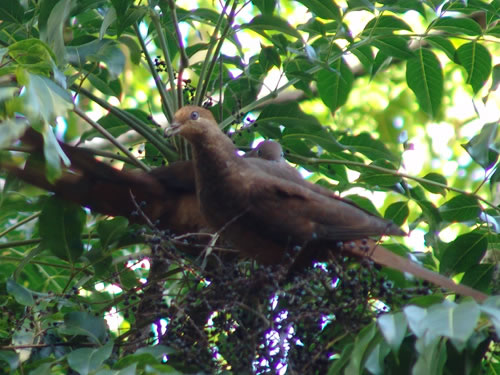Thala Beach Nature Reserve contains some unique habitats.
Thala’s 145 acres is a mix of habitats. ranging from rainforest, open woodlands, mangrove forest, grasslands, regrowth areas, a rich coastal marine environment and the coconut plantation, all surrounded in world heritage forest.

The lodge itself is situated amongst a natural stand of Eucalyptus forest/dry woodland forest. The dominant species through this forest are the Eucalyptus platyphylla (commonly called Poplar Gums). Thala is locally famous for its fine display of these beautiful eucalypts. Sugar Gliders and Striped possums are frequently seen feeding as they move through these trees and roust in the tree hollows during the day.
Dry rainforest or vine thicket forest, as it’s sometimes described, verges the mangroves and sand dune systems. Rich in ground ferns tall canopy trees and vines this type of forest is rare on the coast these days. It contains many mixed species of plant life, some of which are very rare and endangered. This is an area you may come across bird life not often seen in other parts of the property. Orange footed scrub fowl nest here in large mounds of composting vegetation and have done so for many generations. A path makes its way gently through this forest continuing on to other habitats as it continues its circuit.
Behind the sand dunes of oak beach stretching to the southern end of the beach is a system of mangroves containing tidal creeks and lagoons with a rich array of salt resistant mangrove plants. Some of these areas are easily accessed and our guides would be happy to enlighten you on these biologically rich tidal forests.
Grassland and regrowth areas are areas sugar once thrived , now pioneer trees and a mix of grasses dominate making it perfect habitat for grazing wallabies.
